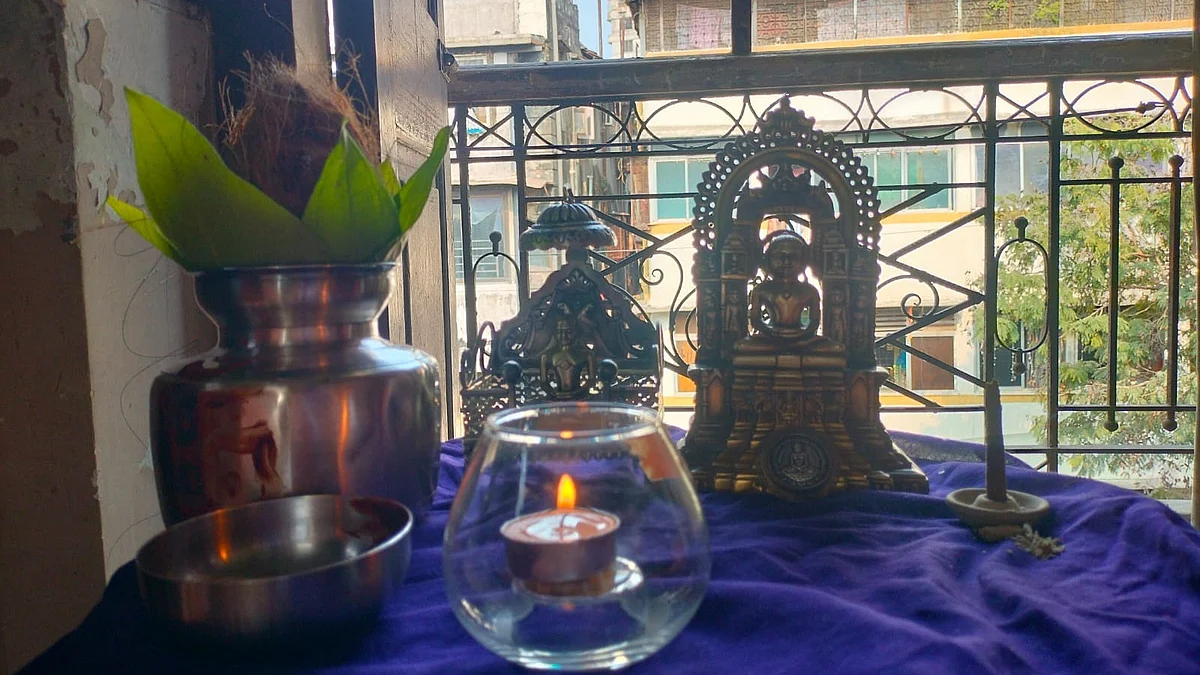On 19 June 2019, dubbed “Day Zero”, the 11.2 million people of Chennai went without drinking water, says the “WWF’s 2024 Living Planet Report: A system in peril”. The report highlights the Chennai water crisis caused by the loss of 85% of the area’s wetlands due to rapid urbanisation. As a result, vital services that these ecosystems provide – including retaining water, recharging groundwater and flood regulation – were radically diminished, leaving the people of Chennai vulnerable to both droughts and flooding made worse by climate change.
When severe drought hit the region, it caused the city’s major reservoirs to run dry and groundwater levels to plummet in 2019. Without its wetlands to retain and recharge water supplies, the city of 11.2 million people was left vulnerable and forced to truck in water to meet basic needs like drinking, cooking and bathing.
Ironically, the loss of the region’s wetland ecosystems also exposed its inhabitants to flooding from extreme rainfall events in 2015 and 2023. Although the amount of rainfall in 2015 was excessive, it was not unprecedented: the damage inflicted on the city was made worse by the destruction of species-rich wetlands and natural drainage systems, which used to shield people from the worst impacts of both droughts and floods.
Lack Of Proper Drainage Systems in Mumbai & Chennai
Recognizing their importance to the people of Chennai, the government is now restoring the wetlands and the services they provide. This certainly is a ray of hope but flooding of the city is still a recurring problem because the wetlands, the urban sponges that absorb water, have diminished and they cannot be restored amid the concrete jungles. Improved drainage and holding ponds, as being planned in Mumbai, could provide the answer.

But my question is what prevented the so-called urban planners in Chennai or Mumbai, or any major city for that matter, from designing a proper stormwater drainage system? These are all highly qualified officers, and it is difficult to believe that they do not have the knowledge of El-Nino and climate change. Otherwise, they would not have been planning our cities the way they have been doing, without learning any lessons from the past.
We have been screaming against the burial of wetlands in the Mumbai Metropolitan Region (MMR) even as the powers that be are terribly neglecting the water bodies. Today, we may be lucky to have an uninterrupted drinking water supply in South Mumbai and parts of Navi Mumbai. But the way the MMR is exploding with concrete jungles, one fails to understand where we will get our water in the future!

Fellow activist Jyoti Nadkarni from Kharghar in Navi Mumbai says her housing society had to get water by tankers for the 40th time during the current monsoon (yes, despite the monsoon!). And this node is going to see multiple buildings of 50+ floors – 18 by just one developer. Where is the water, she angrily asks.
Destruction Of Wetlands In Andra Pradesh
In another geography, Andhra Pradesh, I found startling attempts to destroy the sprawling Kolleru wetland which I visited recently. Though Kolleru is India’s largest freshwater lake, a Ramsar site of international importance, it is shocking to see the wetland coming under attack with large-scale, unchecked encroachment.
Located between the deltas of the Krishna and Godavari rivers. Kolleru serves as a natural food-balancing reservoir between the two rivers. The lake is fed directly by the seasonal Budameru and Tammileru rivers and is connected to the Krishna and Godavari systems by 67 inflowing drains and channels. It is an important reservoir of fish with an average production of 7,000 tonnes per year, says the state tourism website.
Despite all these, the islands and villages around Kolleru remain poor and many government schemes have not found their way to the area.
The Google Earth map presents a shocking picture of the wetland with a series of bunds blocking the free flow of water. These bunds are built apparently for fishponds. Media reports suggest the State government had, on the orders of the Supreme Court, conducted Operation Kolleru to clear the encroachments as the islands in the wetland reeled under floods. It is perhaps time for Operation Kolleru-2.
Save Kolleru Wetland
Kolleru also has tremendous potential of emerging as a major tourist destination, if proper infrastructure is developed, This can be the Bharatpur of the South We found the narrow access road to the busy pilgrimage center Kolleti Kota badly damaged. Obviously, the Pradhan Mantri Grameen Sadak Yojana is unheard of in the area.
The road is dotted with signboards and arches by politicians wishing the people a happy Dussehra, but the ride is far from being a happy one. For a wetland of global importance, the infrastructure around the destination of several species of migratory and local birds raises many questions.
I have written to the Union Ministry of Environment, Forest and Climate Change (MOEFCC) which has in turn asked the AP wetlands division to look into the issue. I sincerely hope they will as the State government is headed by a progressive CM, Nara Chandra Babu Naidu.
Wetlands is a vast subject and discussion on it will have to continue till we secure the water bodies. Isn’t it a cruel dichotomy that while we search for water on the moon and Mars, we keep destroying life-supporting essentials on Earth?
(The author is a media veteran, an environmentalist and director of NatConnect Foundation)







.jpg)




